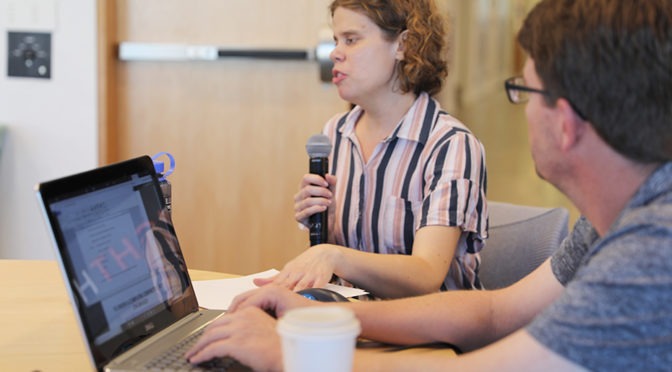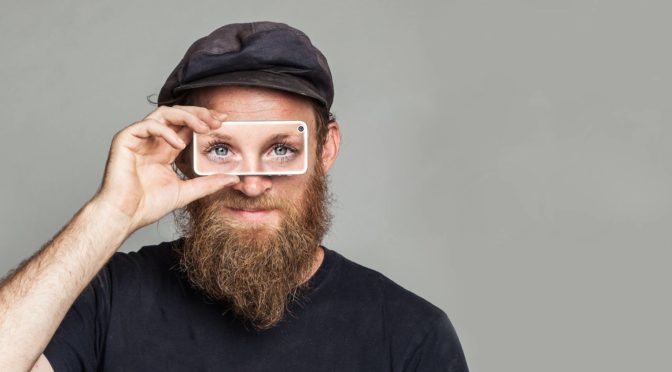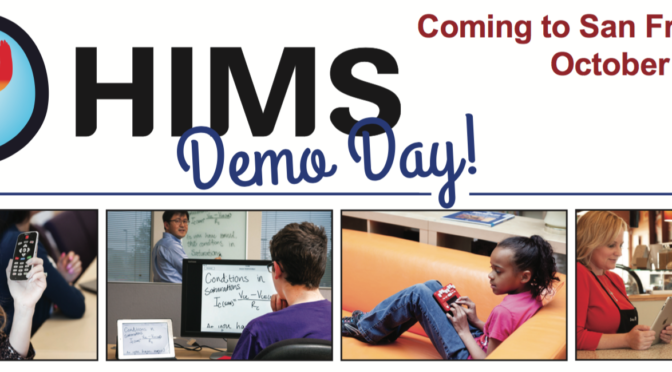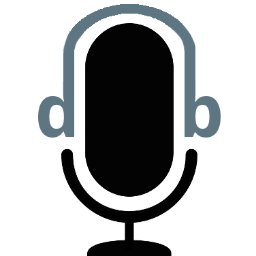(Listen to the complete interview above.)
Last July, fifteen blind and low vision judges from all over the world met to choose which three of the fourteen 2021 Holman Prize finalists would become the next Holman Prizewinners. After hours of passionate discussions and debate held over an entire weekend via Zoom, LightHouse CEO Bryan Bashin and the LightHouse Communications team that help facilitate the annual Holman Prize Award were tasked with the honorable job of breaking the great congratulatory news to the newly named 2021 Holman Prizewinners. Meanwhile, in a home a world away in Zimbabwe, Africa, Holman finalist Robert Malunda was hard at work turning his dreams of making trainings, resources, and education for the blind and low vision individuals of Zimbabwe a reality.
“Congratulations, Robert! You are one of the winners of the 2021 Holman Prize!” Bryan Bashin excitedly exclaimed.
Though his demeanor was calm, you couldn’t help but hear the ear-to-ear smile in the prizewinner’s voice as he graciously accepted the award and expressed the kindest and most sincere gratitude. “Thank you, so much,” said Robert Malunda. “I am truly grateful. I will not let James Holman or the Holman Prize down,” he stated, as the audible happiness and pride in his voice brought joyful tears to the eyes of the LightHouse staff as they continued to congratulate him.
Robert Malunda was born on August 15, 1988, in Bulawayo in the Matabeleland region of Zimbabwe. As an infant, Robert developed glaucoma. Due to limited availability of specialists and treatments, Robert lost his sight completely around three years old. Growing up blind in Zimbabwe can be incredibly difficult, as resources for blind and low vision children are very limited, but Robert’s family was determined to send their son to school.
“It was a very important decision, taking me to school,” Robert explains. “Most blind people in Zimbabwe do not go to school. So, I was taken to school at a relatively young age—around six years old. I was taught the same skills as a sighted person, but it was mostly academic in the mainstream school.”
While attending primary school as a child, Robert received fairly regular Braille instruction by a visiting teacher and was taught the same curriculum as sighted children, however, he did not receive any regular blindness skills education, such as orientation and mobility or assistive technology training. And although Robert was very successful in the classroom with his knowledge of Braille and applying his impeccable auditory-learning skills, having a lack of further blindness education left him with a disadvantage. It was when Robert attended Midlands State University of Zimbabwe that he found himself in the proverbial “pickle.”
“Before, I used to depend on the sight of my friends for studying. There were no books or accessible resources for the blind, so we had to ask friends to read for us. So, that is when I asked myself how I can do what I need to do for university by myself. I heard a lot of things about computers. I knew there are really a lot of great things about computers and what they can do for other people, so I was inquisitive on how this can be of help to the blind. I started to teach myself to use Microsoft Word and other word processing programs. I wanted to learn more and teach other blind people how to use these computers, too.”
At university, Robert began exploring what little he could on the computers made available to the students at the school. He shared his ambition with a friend in the United Kingdom. They then sent Robert a computer of his own. He began working with screen reading software programs like JAWS, and through much trial and error he was able to successfully navigate his way through university, sharing and teaching the tech skills he’d learned with his friends and peers along the way.
Learning how to be independent with the help of computers is what gave Robert the idea for his organization and Holman Prize project, Gateway to Elation. The purpose of this organization is to provide computer, orientation & mobility, and social skills training to blind Zimbabweans in rural areas across the country. Many blind people do not have any formal education like Robert was able to receive, therefore the employment and independence rate of the blind in Zimbabwe is very, very low. Robert Malunda will personally travel to these areas of the country where there are no government provided services or funding of any kind for blind people.
“My vision has been to reach as many people as possible,” Robert explains. “My Holman year will be spent mostly traveling around the country meeting new people and new blind people, those in the rural areas and even those in the cities, because life for a blind person is almost the same for those in the city as in the rural areas, because we face the same challenges. We can’t access information; we can’t access what other people do access easily…. Blind people in Zimbabwe often experience isolation. I envision a Zimbabwe where blind people are knowledgeable, independent and socially interactive.”
Technology training may have been the driving force for Gateway to Elation in the beginning, but Robert recognizes the isolation experienced by so many blind and low vision people in Zimbabwe reaches far beyond the lack of access to assistive technology. For example, there is a huge stigma about using a white cane. This is a problem seen everywhere in the world, but particularly in Zimbabwe, Robert explained.
“In primary school, I had heard that there is something called Mobility and Orientation, but it was not something I was taught. I did not even own a cane, which I think was a disadvantage for me. I received my first cane at 16, I did not use it. I think it was understood if you weren’t using the cane when you were young, then naturally it would mean that you won’t use it when you grow up. But for me, I realized that stigmatization needs to change. When I was at university it was difficult especially trying to navigate a big campus. Using a cane is very important for being independent if you want to go out on your own or do your own shopping. Being at university isn’t like a being at school as a child when these things are done for you.”
Robert wants to break the barriers and stigma of blind people and their use of a white cane for independent travel. Implementing orientation and mobility practices at an early age will help change the misconceptions of cane users and empower young blind and low vision children to take pride in using their canes and grow to become independent people. Robert also believes that by introducing social skills exercises while providing trainings for groups of blind and low vision people will create opportunity for socialization and community for those who ordinarily would not have these experiences. The isolation of people with varying disabilities in Zimbabwe from the general public makes it increasingly harder for these people to seek the resources and education needed to adapt to their environment.
Robert’s dream of building Gateway to Elation has been growing since 2016 and in 2018 he began researching funding opportunities.
“When I was searching for grants for Gateway to Elation was when I came across the LightHouse for the Blind and the Holman Prize. I made a pitch video that year, and then I did another pitch in 2019, I still have those pitches with me, but I did not actually apply. It was finally in 2021 when I decided to apply.”
Robert’s passion for his work can be heard in every word he speaks, and his expectations of changing the lives of blind and low vision people in Zimbabwe for the better do not end after the completion of his Holman Prize year.
“I also want to start a podcast. Even after my Holman Prize year ends, the podcast and YouTube channels will continue to document the lives of other blind people. The more people I reach the more blind people will be empowered and the more blind people can become more employable. The end goal is for them to be employed or able to use these skills for the betterment of their lives, either in school or professionally.”
Since winning the Holman Prize, Robert and Gateway to Elation have received wonderful responses. “It is a very prestigious award, the Holman Prize for Blind Ambition,” Robert explains. “The value and all the popularity of Gateway to Elation among the people of Zimbabwe, it is really amazing.”
For more about Robert Malunda and his journey teaching the blind across Zimbabwe, you can follow his organization Gateway to Elation on Facebook and on the Gateway to Elation website. Stay tuned for more updates on his progress and accomplishments as the Holman Prizewinner’s year continues.
The 2022 Holman Prize applications are now open! Do you have your own Holman objective? Turn your idea into a tangible passion project and think about how you can present what Blind Ambition means to you in a 90-second pitch video and submit your application between now and March 20. For more information visit the Holman Prize website. Have fun dreaming up your Holman Prize Ambition, and who knows? You might just be one of this year’s three amazing winners!





 That’s why, when a group of notable blind technologists and power-users from around the country brought the idea for
That’s why, when a group of notable blind technologists and power-users from around the country brought the idea for